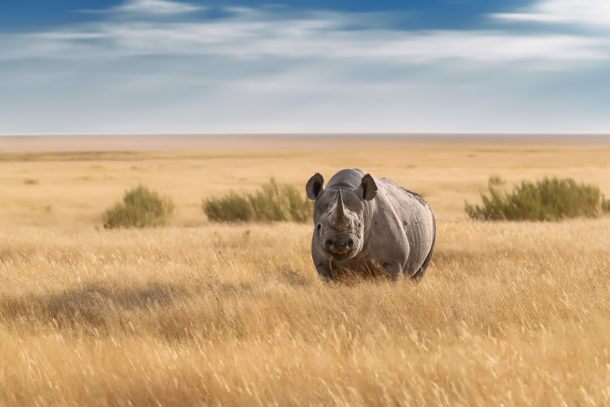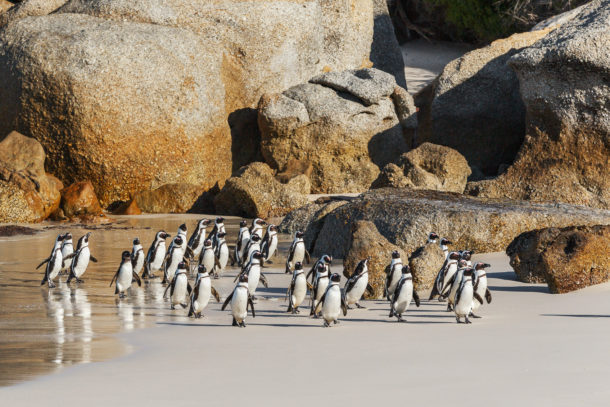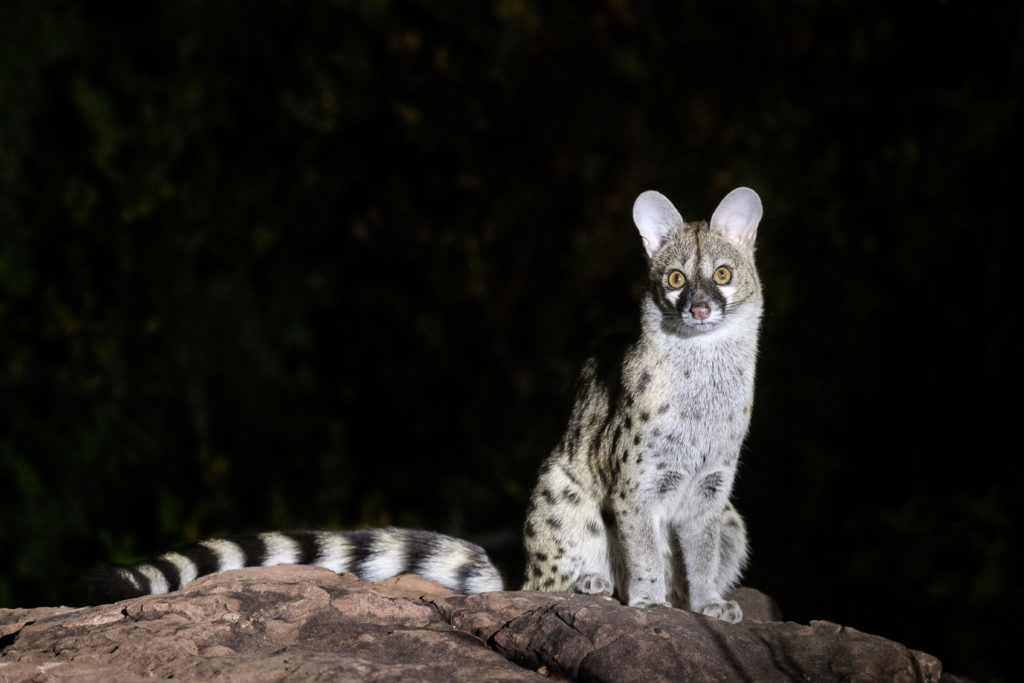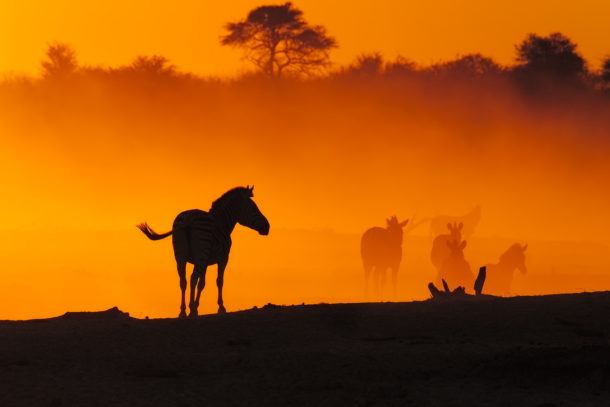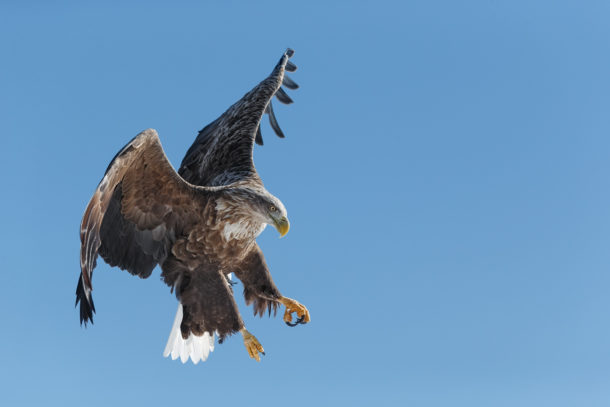Discover The Rarest And Most Elusive Animals In Africa
Elusive and rare African animals
Do you dream of heading to Africa? Then you are almost certainly eager to see and perhaps even photograph some of the many beautiful creatures that inhabit this content. Many people have their favorites. They would love to spot from the majestic lion to the gigantic elephant. But which animals are the rarest and most challenging to find or see when you visit Africa? Here are a few of the continent’s most elusive animals that you’ll be lucky to catch a glimpse of on your safari. The African animals list of the rarest and most elusive species, as well as endangered ones.
Sections:
Rare to see the Aardvark
The Aardvark (Orycteropus afer) is an odd, native rare African animal. It looks like an oversized hairless rodent crossed with some sort of pig. With its unique look, you would think it would be quite easy to spot one of these in the wild, but they are quite elusive for several reasons.
First, as any safari guide will tell you, these animals are nocturnal. While you might spot one moving around throughout the day, this is quite rare. As such, when the sun is high in the sky, it is likely they will remain hidden, out of sight in the undergrowth. Despite their nocturnal nature Aardvarks are quite common in sub-Saharan Africa, so you may well spot one in the late evening. However, the creatures are also quite shy. They will run as soon as they spot you and are surprisingly fast. So, if you do see one, you’ll need to be as quiet as possible and resist making sudden movements to get that photograph.
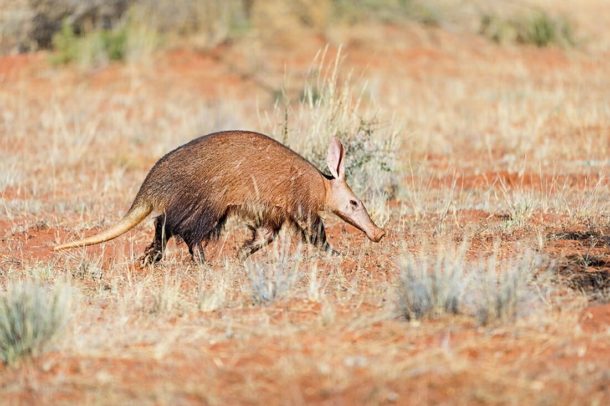
This funny animal, the Aardvark, has so far not crossed my path in the bush! It seems this species is a master in hiding. Photo Credit @David
Scientific name: Orycteropus afer
Type: Burrowing Mammals
Diet: Insectivore
Length; 100-130 centimeters / 39-51 inches
Common name: Aardvark – Earth pig
Lives in the southern two-thirds of the African continent
Panther – Black Leopard
By now, one of the rarest animals to see in Africa, your chances of seeing one in the wild are sadly quite close to zero. Many people are not aware that panthers are born because of a recessive gene referred to as Melanism. That gives the beautiful feline its black coat. A common misconception is that a panther is a type of big cat species, but they aren’t. A panther can be a jaguar, a leopard, or a cougar that has this recessive gene. Even safari guides will be lucky to spot one of these creatures.
If you want your best chance of spotting one in the wild, you need to head to the beautiful hills of Mount Kenya. Here, you may get lucky and catch a glimpse of one of these big cats roaming the jungle terrain.
Actually, a photograph of the one most elusive animals In Africa should be here – The panther or better said a black leopard. Sadly to see this rare African animal would be for me the lotto win. No photograph is available from my photo portfolios. Also, I have never seen a photograph so far of a black leopard in Africa, but, therefore, in India.
So far I never came across a black leopard, but I was often lucky to find these elusive wild animals in the African bush. This wild animal was getting ready to attack.
Scientific name: Panthera pardus pardus
Type: Mammals
Diet: Carnivore
Length; 90-160 centimeters / 35-62 inches
Common name: Black Leopard
Lives in sub-Saharan Africa, but has been seen also in the north of Africa. You as well find leopards in India, the eastern part of Russia, China, and in some parts of the Middle East.
Elusive and rare Black Rhinoceros
While not as rare as the last two female remaining Northern white rhinos, there are only five thousand black rhinos in the wild today. As such, we consider being critically endangered species making them an unlikely guest appearance on your African safari. However, sightings occur, and if you’re lucky, you’ll see the rhino run. Despite its notable size, the black rhino can run at 55 km / 34 miles per hour and is quite aggressive. You certainly don’t want one to hit your jeep, that’s for sure! The difference between a white rhino and a black rhino is; a black rhino has a hooked upper lip, and a white rhino has square lips. This rhino species is one of the most elusive animals in Africa, as well as critically endangered.
Black Rhinoceros (Diceros bicornis), to find them is not an easy task, but when you know what to look for! Keep an eye open for a large grey “rock” when you do a self-drive safari. Explore more photographs of these endangered animals.
Scientific name: Diceros bicornis
Type: Mammals
Diet: Herbivore
Length; 280-380 centimeters / 110-150 inches
Common name: Black rhinoceros – Black rhino – Hooke-lipped Rhino
Lives throughout eastern and southern Africa, South Africa, Namibia, Zimbabwe, Tanzania, and Kenya.
Elusive & rare White Rhinoceros
The white rhinoceros is also called square-lipped rhinoceros. Of all rhino species, they are the largest. They can weigh up to 2,300 kilograms (5,000 pounds). Their name white rhino does not mean that they are white in color. They are actually light grey unless they rolled in the red soil to protect their skin from parasites. Look for a big grey rock when you are on a safari in Southern Africa. It is believed the name ‘white’ has been derived from Afrikaans word ‘wed’, which means wide. As their lips are wide square-lipped compared to the lips of the black rhino, which are pointy. The shape of their lips makes it easy for them for grazing. Like with the black rhinoceroses, white rhinos primary threat is poaching. Due to the poaching, they have become one of the most endangered animals in Africa, like the black rhinos.
A female White rhinoceros with her calf standing on a hill in Southern Africa. They both have taken a mud bath, as you can see on their skin.
Scientific name: Ceratotherium simum
Type: Mammals
Diet: Herbivore, grazers
Length: 380-500 centimeters / 12,5-15 feet
Lives: Between 40-50 years
Common name: White rhinoceros – White rhino – Square-lipped Rhino
Lives in National Parks in South Africa, Namibia, Zimbabwe, and Kenya.
The funny elusive Honey Badgers
We know them to be fast and fearless; these creatures may also be camera shy as very few people spot one. That is perhaps because of their size. While the cute skunk-like animal takes on massive predators in the wild, it’s only small and burrows deep under the ground. As fearless as the honey badgers (Mellivora capensis) are, they even attack snakes. Interestingly, if you’re looking to spot one of these little critters, you may want to head to the Kalahari. According to game rangers, this is the place where most sightings occur. I should add. I experienced sightings of these funny animals every day in the early mornings in the Okavango Delta.

One of the funny rare African animals, in my opinion, is a Honeybadger. It’s rare you see these little chaps, but in Botswana, we saw some nearly every day on our Photo Tour. We were lucky!
Scientific name: Mellivora capensis
Type: Mammals
Diet: Omnivore
Length; 55-77 centimeters / 21-30 inches
Common name: Honey badger – Ratels
Lives widely in Africa, the Indian subcontinent, and Southwest Asia.
rare African animals - beautiful Wild Dogs
Another endangered animal, there are only 2000 to 5000 African wild dogs (Lycaon pictus) living in Africa. The good news is that if you manage to spot one, it’s likely that you’ll see a lot more. African Wild Dogs are pack animals and where one goes, as many as twenty more may follow. The African Wild Dog is a beautiful creature, despite looking rather odd. With a bushy tail and big bat-like ears, the unknowing adventurer may not even realize what they’re looking at spotting one in the wild. While known as a dog, the animal is close to a wolf, and we see it around sub-Saharan Africa. So, where can you spot these pack pooches?
Well, you may want to head to Savuti Chobe National Park around December and January. It is during this time that zebra migrates through the park. The wild dogs often show up, hoping to get a meal out of the fresh food supply. Alternatively, you can head to Zimbabwe, where you might see a few in Hwange National Park or Mana Pools.
African Wild Dog Cubs fighting over a piece of meat the pack has brought to them. These beautiful Wild Dogs are as well, as so many species, victims of habitat loss. Explore more of our Painted dogs photographs.
Scientific name: Lycaon pictus
Type: Mammals
Diet: Carnivore
Length; 76-102 centimeters / 30-43 inches
Common name: Wild Dog – Painted Dog
Lives in sub-Saharan Africa. You usually find them, if you find them, in woodlands and open plains/savannas.
African Penguin
We bet you didn’t know there were penguins in Africa, but there are. That is the only type of penguin that lives and breeds in Africa. With a white underbelly and a black top, they do look like the typical penguins you’d find in colder climates. One noticeable difference would be the dark stripe over their chest. Sadly, the population of African penguins is declining due to oil spills and other environmental issues. Again, an endangered species is on the African animals list. However, you can still spot them dotted around Africa. The Western area of South Africa homes to a significant percentage of its population.
African penguins (Spheniscus demersus) coming back late afternoon from fishing in South Africa. Discover more of our flightless birds in our portfolio.
Penguin Images
View GalleryScientific name: Spheniscus demersus
Type: Bird
Diet: Carnivore (piscivores)
Length; 60-70 centimeters / 24-28 inches
Common name: African Penguin – “Jackass” Penguin
Lives in South Africa as well as in Namibia
Pangolin – One Of The Rarest Animal In The World
Another rare creature to spot that safari guides have a hard time finding is the Pangolin. This creature looks like an anteater with scales. We can also describe it as an aardvark with armor. When it’s threatened, the animal will roll into a ball, and it looks rather incredible. It is most likely the inspiration for the Pokemon Sandshrew. These creatures are nocturnal and after multiple safari trips, you probably still won’t have seen one. While they are hunted for meat, these rare African animals are as well an endangered species. Learn more about the conservation efforts of the world’s most trafficked species, the Pangolin.

Pangolin is one of the rarest animals in the world. It is unknown how many animals are left in the wild. Indeed, a critically endangered species according to the IUCN Red List. Photo Credit “2630ben”
Scientific name: Pholidota
Type: Mammal
Diet: Insectivore
Length; 30-152 centimeters / 12-60 inches
Common name: Pangolin – Scaly Anteaters
Lives in Africa south of the Sahara desert live four species of pangolins; black-bellied pangolin, giant pangolin, white-bellied pangolin, and ground pangolin. There live as well four species across Asia. You must be lucky to see them!
African Black-Footed Cat
Finally, the smallest wild cat living in Africa will hardly ever be seen by humans. The black-footed cat looks a lot like your typical domestic animal. However, its stripes and colors make it a rare beauty, and with only ten thousand in the wild, they are tough to find. As well as this, the little cats are shy, nocturnal, and live a life of solitude. Often referred to as the ‘anthill lion’ because of its ferocious nature and tiny. If you are lucky enough to see one, make sure you take a photo. You’ll undoubtedly have earned bragging rights if you do!
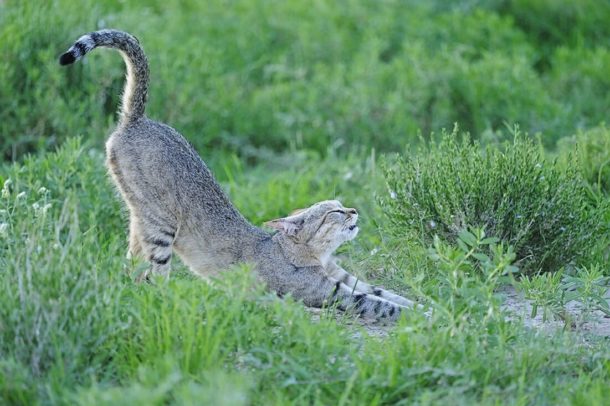
The black-footed cat is one of the most elusive animals in Africa. So far, I have seen none of the elusive Black-footed cats in Africa. Photo Credit “wolfavni”
Scientific name: Felis nigripes
Type: Mammal
Diet: Omnivore
Length; 35-52 centimeters / 14-20 inches
Common name: Black-footed Cat
Lives in Southern Africa up into Botswana.
Elusive Large-spotted Genet
The Large-spotted Genet is a carnivorous mammal native to sub-Saharan Africa. It’s known for its distinctive spots and elusive behavior. Some of its characteristics and elusive behaviors make this animal interesting. First, their legs are short and their bodies are slender. Their tail is long, with black and light grey stripes/rings. The body itself has dark brown to black spots. As the name suggests, the Large-spotted Genet fur has dark brown to black spots. But its bushy tail is ringed with the same color as the spots, ranging from a deep brown to black.
This nocturnal animal lives in woodlands, savannas, and bushlands. It’s interesting to note that this elusive animal lives alone, except during the breeding season. When this time comes around, males compete for females, engaging in ritualized aggression. Despite its elusiveness, the Large-spotted Genet is well adapted to life in Africa. These animals are a valuable part of the ecosystem because of their interesting behaviors and appearance.
The Large-spotted Genet sitting on a rock. Spotting a wild animal is difficult. They appear usually at night on the ground or climbing trees. This lovely animal is curious.
Scientific name: Genetta tigrina
Type: Mammal
Diet: Carnivore / small mammals, birds, insects, and fruits
Length; 50-60 centimeters / 20-24 inches
Tail: about 40 centimeters / 15.5 inches
Overall length: 80-110 centimetres / 31,5-43 inches body only length
Common name: Large-spotted Genet
Lives in sub-Saharan Africa.
Photographs Of The Elusive Animals
The photographs of the Aardvark, Pangolin, and black-footed cat are not from my photo library. I have bought them from a nature stock agency for this blog post. So far, none of these three elusive animals have crossed my path in Africa, sadly. I do hope they will someday. Every photograph I purchased is labeled with courtesy. I am very sorry that never is the full name mentioned who took the photographs. It was not given!
Did I wake your curiosity for wild animals in Africa? The African landscape is just as amazing. This continent is a dream, and when you get up early enough, you will see the utmost beauty it offers you. See yourself, our African landscape pictures taken early morning, and enjoy the view.
Discover more wildlife photos: Wild animals photography – amazing photographs for every space. In my nature photography collections, I also offer licenses for photographs to buy online. You can find info about purchasing pictures as wall art on our photography prints page.

